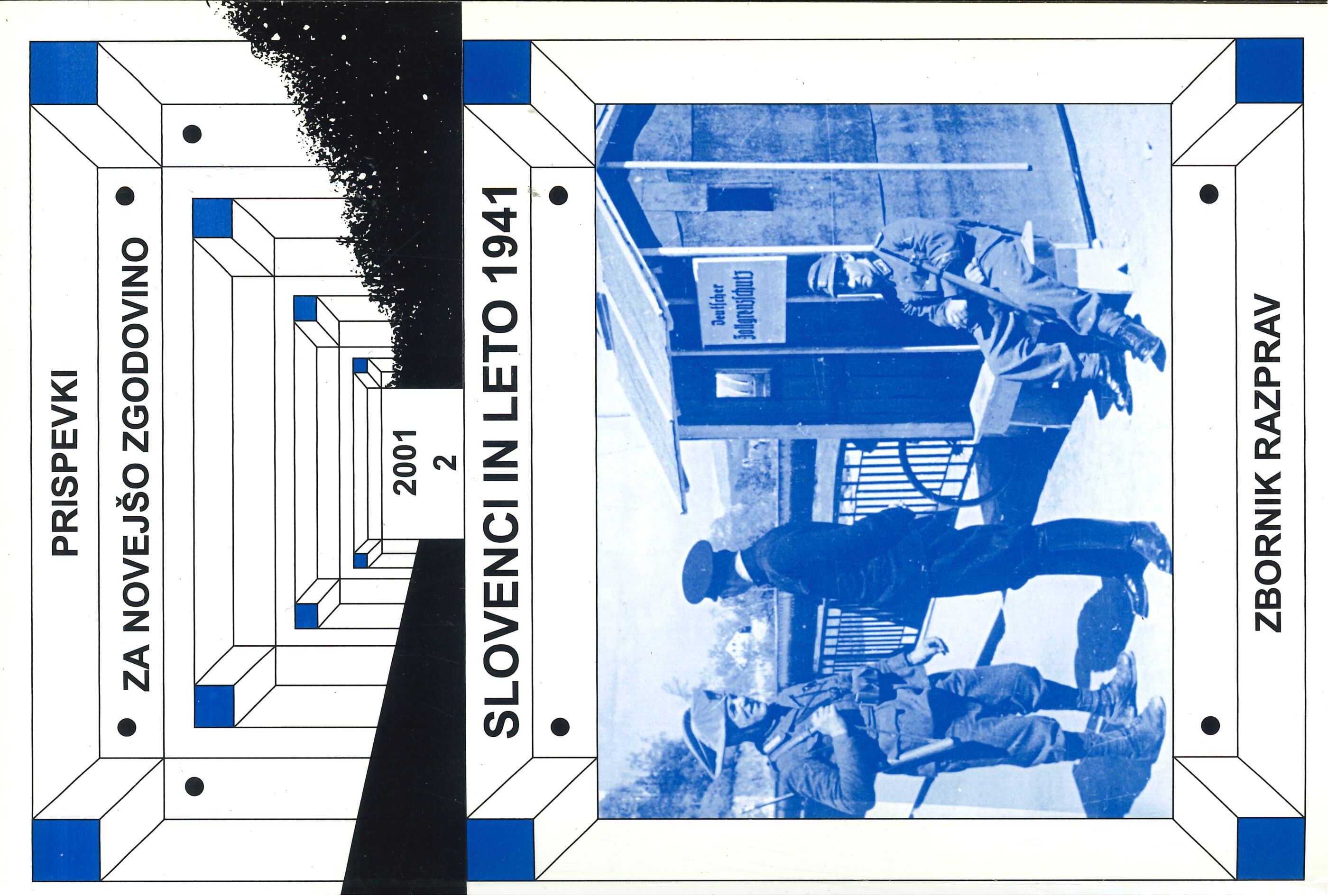Revolucijsko v letu 1941
Ključne besede:
2. svetovna vojna, Slovenija, narodnoosvobodilno gibanje, Osvobodilna fronta, revolucija, samoodločba, državnostPovzetek
Na osnovi objavljenih dokumentov, časopisja in drugih virov, predvsem dnevniških zapisov, predstavlja avtor poglede na stopnjo revolucionarnosti v letu 1941 v slovenskem političnem prostoru. Ugotavlja, da se je v prvem letu 2. svetovne vojne na ozemlju Slovenije revolucijsko kazalo zlasti kot narodna revolucija s poudarjenimi nacionalnimi emancipacijskimi temami (osvoboditev izpod okupatorjev, uveljavitev samoodločbe naroda, sprememba položaja slovenskega nroda v bodoči jugoslovanski državi). To je s strani narodnoosvobodilnega gibanja bilo razumljeno v povezavi s socialno revolucijo, predvsem s spremembo oblasti. Kot tak organ je bil septembra 1941 vzpostavljen Slovenski narodnoosvobodilni odbor (SNOO), ki je predstavljal tudi organ nastajajoče slovenske državnosti in je bil izraz samoodločbe naroda. Revolucijski izraz je bil vsebovan tudi v programski točki, ki je napovedovala združitev slovenskega naroda, kar je bil izraz programa Zedinjene Slovenije. To je bila zahteva po spremembi državnega okvira in osvoboditvi slovenskega etničnega ozemlja, ki je po 1. svetovni vojni bilo od Slovenije ločeno. To je mogoče razumeti kot protiimperialistično usmeritev OF. Revolucijski izraz je imelo tudi vprašanja odnosa do jugoslovanske države in njenega bodočega ustroja na drugačnih osnovah. Podobne poglede so v letu 1941 izražali tudi v osvobodilnemu gibanju nasprotni strani. V tem obdobju je revolucijski izraz imel tudi način uveljavljanja oz. varovanja narodnoosvobodilnega gibanja. Zaradi okupacije in sodelovanja z okupatorjem proti njemu je dobilo to značaj revolucionarnega terorja, ki se je kazal v preganjanju in kaznovanju okupatorjevih ovaduhov in zaupnikov.
Prenosi
Objavljeno
Številka
Rubrika
Licenca
Avtorji prispevkov, objavljenih v tej reviji, soglašajo z naslednjimi pogoji glede avtorskih pravic:
- Avtorji ohranijo avtorske pravice, reviji pa odobrijo pravico do prve objave. Delo se hkrati zaščiti z licenco za prosto uporabo avtorskih del (Creative Commons Attribution License), ki drugim osebam omogoča deljenje dela ob priznanju avtorstva in prve objave v tej reviji.
- Avtorji lahko sklenejo ločene dodatne pogodbene dogovore za neizključno distribucijo različice dela, objavljene v reviji, (npr. oddaja v institucionalni repozitorij ali objava v knjigi) z navedbo, da je bilo delo prvič objavljeno v tej reviji.
- Pred postopkom pošiljanja in med njim lahko avtorji delo objavijo v spletu (npr. v institucionalnih repozitorijih ali na svoji spletnih strani), k čemer jih tudi spodbujamo, saj lahko to prispeva k plodnim izmenjavam ter hitrejšemu in obsežnejšemu navajanju objavljenega dela (glej The Effect of Open Access).


